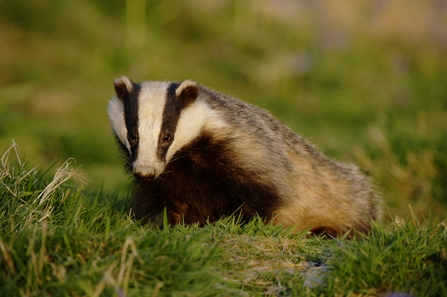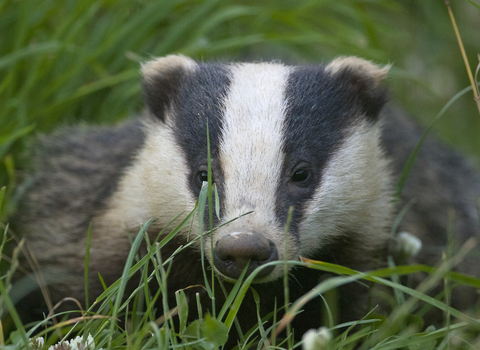Expanding the cull in this way would go against Government assurances in March this year that they would move towards vaccinating rather than culling badgers (1) as part of their efforts to stem the spread of bovine tuberculosis (bTB). According to a leaked report of this year’s upcoming cull zones, most of these new cull areas are not at high risk from the disease. Worse still, most are places where Wildlife Trusts have been vaccinating hundreds of badgers against the disease with the support of significant Government funding.
This week, the government published its response (2) to a consultation on culling and vaccination in Edge Area counties – these are counties close to those where bTB is more widespread. Some of these areas will now be targeted for Government culling. In the recent consultation the Wildlife Trusts recommended a minimum of 7km between cull and vaccination areas. However, the new consultation response says the government will allow culling with only very small buffer zones of between 200 metres and 2 km.
The small size of the proposed buffer means that badgers which have been vaccinated and are healthy may be shot – despite the fact that government funding has helped Wildlife Trusts develop badger vaccination programmes.
The Wildlife Trusts oppose culling and believe the science used to justify the killing of thousands of badgers every year in the UK is flawed. Evidence shows that bTB is primarily a cattle problem, not a wildlife one (3). The main route of bTB transmission in cattle is between cattle.
At least seven new counties could see a badger cull starting this September. These include areas of Derbyshire, Nottinghamshire, Oxfordshire, Shropshire, Warwickshire, Leicestershire and Lincolnshire. The new counties add to a growing list where the Government is allowing badgers to be shot resulting in a total of 54 areas of England allowing the shooting of up to 64,000 badgers.
Derbyshire Wildlife Trust lead a flagship badger vaccination project coordinated with others and 50% funded by DEFRA. The Trust had hoped to expand the vaccination programme significantly over the coming year but a cull in the area will make expansion very difficult.


